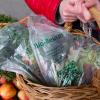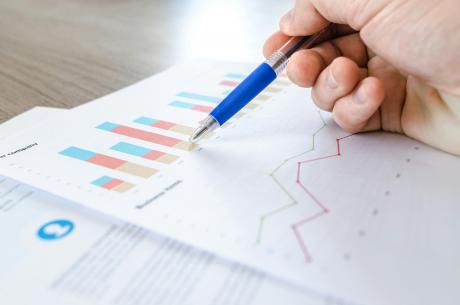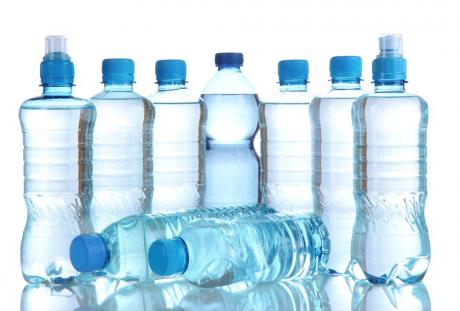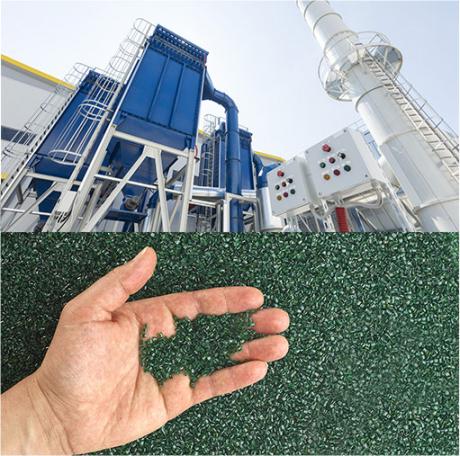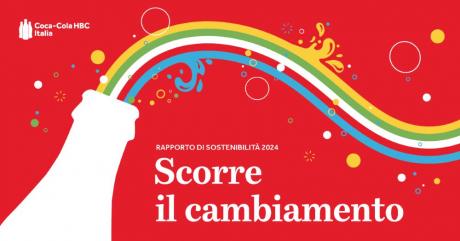
1.9 million tons produced in 2019 globally, 47% of which will be used for packaging production: bioplastics numbers are set to grow.
Barbara Iascone
Istituto Italiano Imballaggio
Bioplastics, i.e., those plastics that are derived from renewable materials, have been marking growing trends for several years now, both globally and nationally. More than 60% of bioplastics are also biodegradable.
Bioplastics in the world
According to 2019 final data expressed by the European Bioplastics Association, approximately 1.9 million tons of bioplastics were produced worldwide. The long-term hypothesis sees this market growing appreciably: by 2025, again globally, there should in fact be about 2.8 million tons of bioplastics produced, where the most innovative biopolymers such as Bio Polypropylene (PP bio) and Polyhydroxyalkanoates (PHA) will drive this growth.
Forty-seven percent of bioplastics production is for packaging (0.99 million tons), which remains the most common field of application but, in recent years, the quantities destined for other uses, such as consumer goods (disposables) and products for agriculture and horticulture, have increased.

Asia remains the largest producer of biodegradable plastics with a 46% share growing year on year, Europe follows in second place with a 25% share, but is expected to account for 28% by 2025.
The European association of bioplastics producers, in its annual report, underlines that the sector is in constant development, with a positive trend that in the next 5 years will register a global growth rate of around 36%.
There are many reasons for this development: the transition towards a circular economy, the reduction of CO2 emissions, the constant growth of consumer interest in sustainable products and packaging...
In the field of packaging made with bioplastics, bags for the transport of goods still lead the ranking, and we refer both to shopping bags and those used for the separate collection of wet waste.
The Italian market
As far as the Italian market is concerned, the latest available data refer to the final values of 2019, when volumes touched 100,000 tons (+14% compared to 2018). All other items of the sector’s balance sheet are also on the rise: turnover is around 745 million euros which, compared to the first years of activity in the sector (it was in 2012) means +85%, with an average annual growth rate of +10%.The number of employees employed in 2019 turns out to be around 2,650 units (+3.5% on 2018).
We can define 2019 as the year of bioplastics where the positive trend has had beneficial cascading effects on all sectors of use.
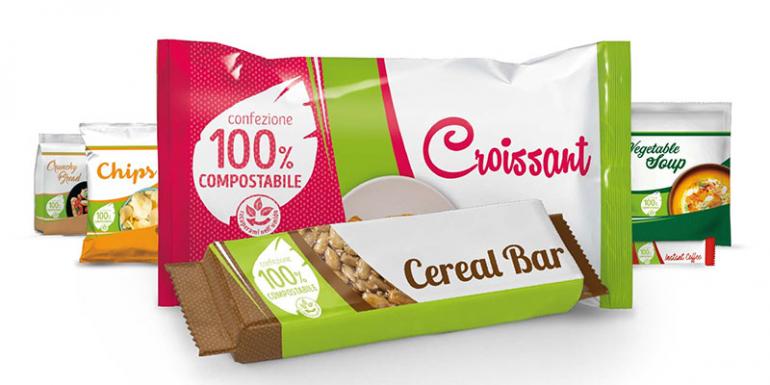
Uses
The main field of application of bioplastic materials is the production of shoppers (54% of the total bags for the transport of goods) which, in 2019 exceeded 54,000 tons, with a growth rate over the previous year of +4.2%.
Then we have the films that, in their totality, mark a +18%, with a representation on the sector equal to 22%. This category includes ultralight bags, which alone are close to 20,000 tons, food and non-food films, agricultural films; the latter two categories represent 20% and 2% respectively of the total tons of bioplastic products made in Italy.
The trend concerning bags for the collection of wet waste is also positive, +4.5% thanks to the increase in separate waste collection. They represent 19.5% of the production and have good prospects in terms of exports.
Finally, with a 4.5% representation, we have the “other applications” where the disposable turns out to be the main category and which, in 2019, records a production more than doubled. The trend refers to a type of substitute demand rather than a real increase: Attention to the environment has in fact oriented demand towards solutions recyclable with the organic fraction as an alternative to the use of traditional plastic.
| Total in tons | 2019 | Estimates 2020 |
|---|---|---|
| Segmentation | 101,000 | 102,010 |
| Disposable bags | 54.0% | |
| Film | 22.0% | |
| of which | ||
| - super light bags | 20.0% | |
| - other film (1) | 2.0% | |
| Bags for collection of bio-waste | 19.5% | |
| Other applications (2) | 4.5% | |
| 100.0% |
(1) Food and non-food packaging film, agricultural film
(2) Cutlery, plates, glasses, thermoformed products for catering and gastronomy, preforms, accessories for agriculture, extrusion coating, etc.
Source: Data elaborated by Istituto Italiano Imballaggio.
Assumptions for 2020
As far as 2020 is concerned, we still do not have definitive data, and hypotheses are rather uncertain: the health emergency makes it difficult to make short-term forecasts.
According to Plastic Consult, in 2020, there should be a certain stability: this is undoubtedly a positive result if we consider the general state of the economy.
Production is estimated to grow by about 1%, mainly driven by disposables (+10%), which should benefit significantly from the use of take-away, especially for cafeterias.
On the whole, the film sector should also register positive trends: +4% approx. of ultralight bags and +10% approx. of films for food packaging, which benefit from the development of applications in the IV range, in trays, in snacks, etc.
Although lower (1%), the trend for shoppers and bags for the collection of organic waste will also be positive.


